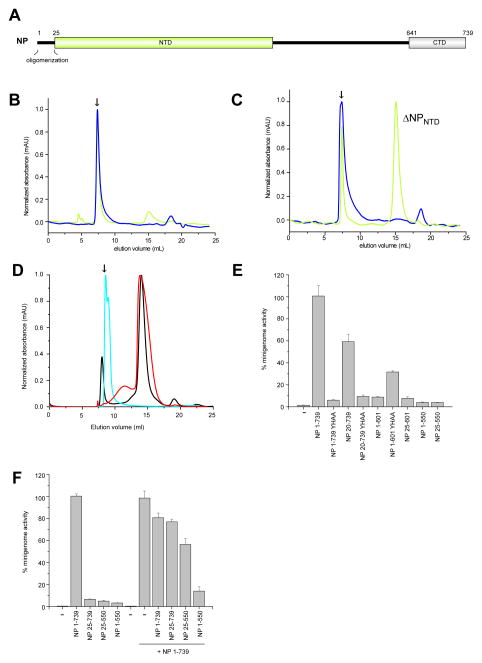Figure 1. The first 25 residues of the EBOV NP are important for oligomerization and replication, related to Figure S1.
(A) Domain organization of EBOV NP protein, including regions identified in this study. Size exclusion chromatography results for NPNTD (residue 1–457, blue) and ΔNPNTD (residue 25–457, green) in (B) 150 mM NaCl and (C) 500 mM NaCl buffer. (D) Representative chromatograms for NP 20–550 wildtype (cyan) and Tyr21Ala/His22Ala double mutant (red). NP 25–550 (black) is shown as a comparison (500 mM NaCl). The arrow marks the void volume in panels B–D. (E–F) Minigenome activity assays using NP truncation and point mutations as indicated in the figure. (E) N-terminal residues, including Tyr21 and His22, are important for oligomerization and mutation of these residues result in loss of MG activity. (F) Mutants lacking only the C-terminus inhibit MG activity of full-length NP.

